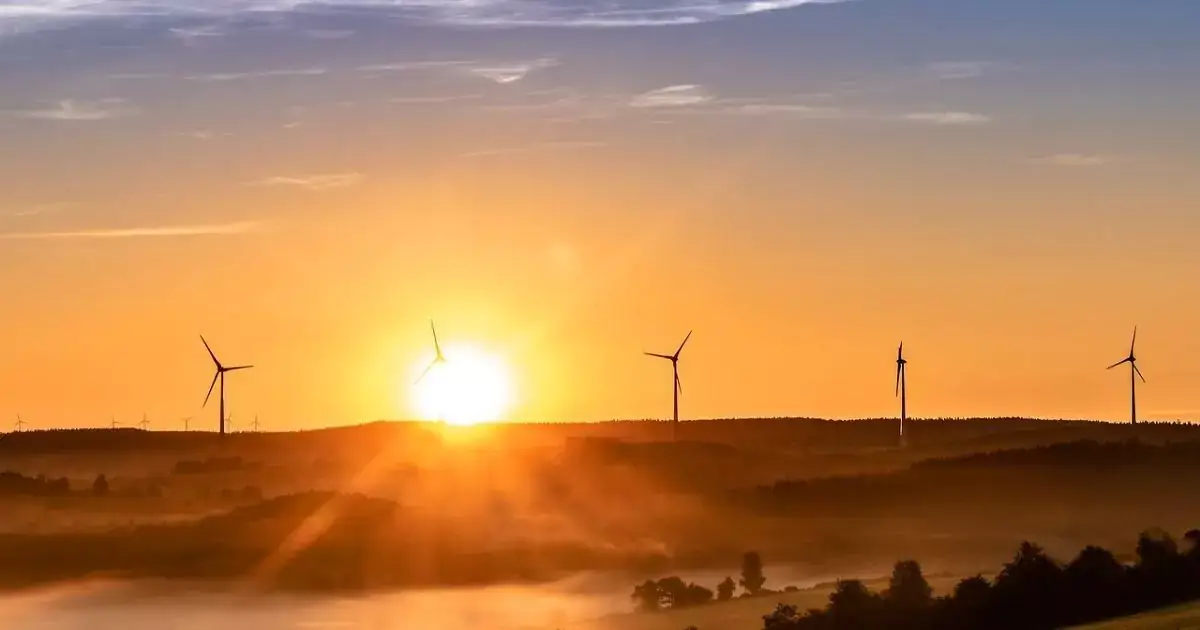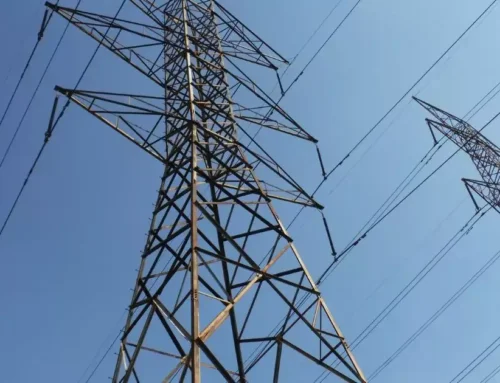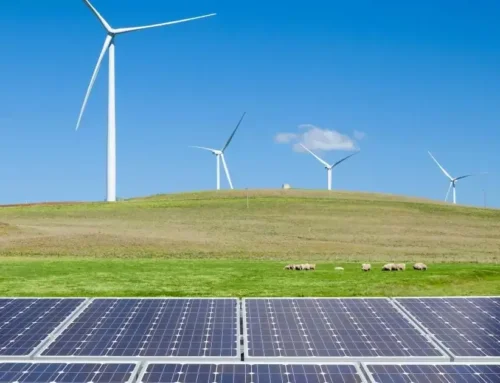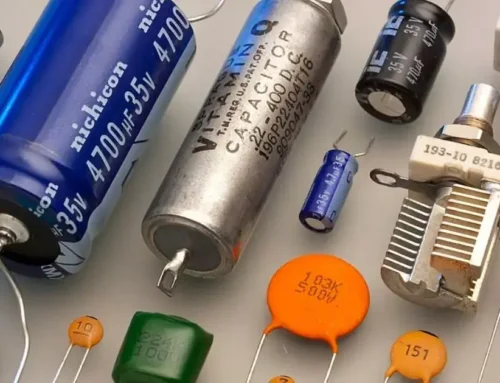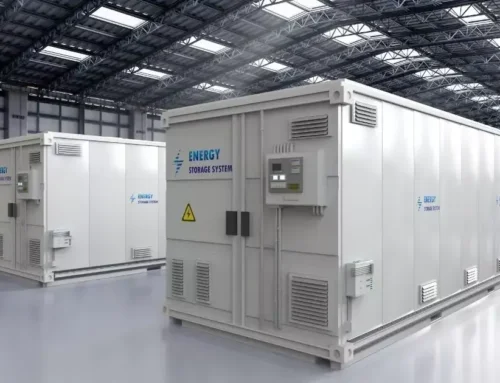Sustainable electricity generation has revolutionized energy consumption by allowing the utilization of clean energy sources, which naturally provide humans with this resource and are part of the environment.
Discover what sustainable energy is
Renewable energies are a clean and inexhaustible source of energy that allow humanity to reduce its impact on the environment by ensuring the sustainable development of societies and are the best alternative to fossil fuels and nuclear energy. Clean energy generation is crucial for both the environment and development, as it reduces environmental pollution, global warming, greenhouse gas emissions, and helps combat climate change.
The difference between clean and polluting energies lies in the fact that sustainable energy, unlike non-renewable sources, comes from sustainable energy sources such as the sun and wind. Therefore, they are considered inexhaustible clean energy sources, one of the main characteristics that make all renewable energies essential resources for the sustainable development of the planet.
What are sustainable energies?
A fundamental aspect to understand what clean and sustainable energies are, as well as what types of clean energy exist, is that they come from renewable sources. The main types of sustainable energy are solar, wind, hydroelectric, and geothermal energy. These types of clean energies come from renewable and inexhaustible natural resources and produce energy without emitting carbon dioxide (CO2), which is related to the greenhouse effect, as it absorbs much of the solar radiation and retains it near the Earth’s surface, causing progressive warming.
Solar energy is obtained from sunlight or heat through panels or mirrors and serves for the production of electricity or heat. It is an inexhaustible and renewable source. Likewise, photovoltaic energy transforms solar light into electricity through technology based on the photovoltaic effect, that is, when sunlight reaches a photoelectric cell of these panels and there is a difference between the two faces of the cell, generating an electric current.
More examples of clean and renewable energy
Three other examples of renewable energy are wind, hydroelectric, and geothermal. Wind energy is a renewable energy source that generates electricity using the power of the wind, and wind turbines are the devices through which air is converted into clean and renewable energy.
Similarly, hydroelectric energy is obtained by harnessing the kinetic and potential energy contained in water, either in streams or in natural waterfalls. Through this process of producing sustainable alternative energies, the water’s fall manages to convert into kinetic energy.
On the other hand, geothermal energy is a renewable energy obtained by harnessing the heat from the subsurface, from where hot water is obtained that manages to convert into clean and renewable energy. Although this energy source is not very well-known, it is also one of the renewable energy alternatives currently used around the planet.
Another type of sustainable energy is bioenergy, whose production source is biomass and is obtained through the combustion of the latter, biogas plants, and biofuels.
Renewable energies and their uses
Wondering what renewable energy is used for? As it does not generate an impact on the environment, it is expected that the use of renewable energy will increase as technology advances to increase its production and reduce its prices, making it more accessible to the entire population. However, it is a fact that to date, its use has already spread, and it is applied in both domestic and industrial areas.
In this sense, all types of clean and renewable energies listed in the previous section are used to obtain electricity, and in the case of solar, geothermal, and bioenergy, they are also used for heating and cooling and even for transportation.
Learn more about the use of alternative energies on our blog.


